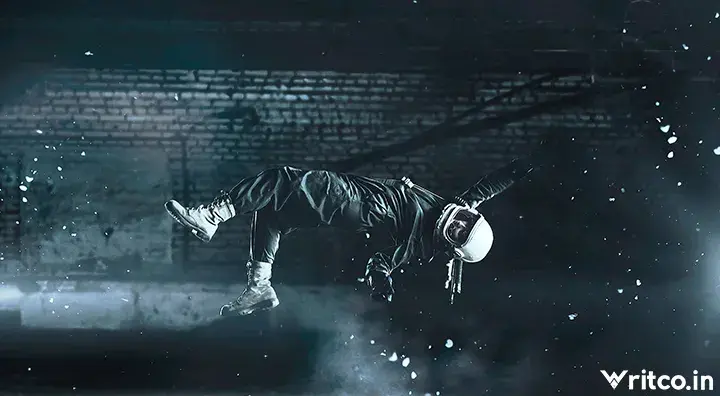Crying Freedom
In this paragraph, I will limit myself to a characteristic trait of the isolated plates, which pertain to the micro-story level. Transformation and instability are not only keywords when page layout is concerned. The graphic style of each individual manga plate is also marked by a high degree of variation. Manga plates can be quite heterogeneous in their stylistic make-up, due to the mixture of different drawing styles. Elements of decor follow a different visual 'logic' than the characters (Groensteen 1991: 47). While story actors might be depicted in a realistic or as more or less caricatures, the story setting is represented in what one may characterize as a 'photographic' style. Story characters seem not to be part of the story universe when judging the seeming incomparability of styles. The depiction of strong sentiments with manga actors also follows a certain logic of transformation. It is perfectly possible for a certain 'realistically' portrayed character to turn 'cartoony' when affected by strong emotions (see ill. 2). Moreover, it seems that story characters lack definite ethnic characteristics. In some cases, it is impossible (and irrelevant) to decide if a manga character is either eastern or western. Despite his Japanese sounding name, Yo Hinomura (alias Crying Freeman) does not strike the reader as 'visually' very Japanese (see ill. 1). His visual identity is rather ambiguous. Crying Freeman could be Asian or even Spanish for that matter, doubtlessly adding to the mystery surrounding the protagonist. Incidentally, Christophe Gans, director of the film version of Crying Freeman, interpreted the protagonist as...




